Country Algeria District Souk Ahras | Area 812 km2 | |
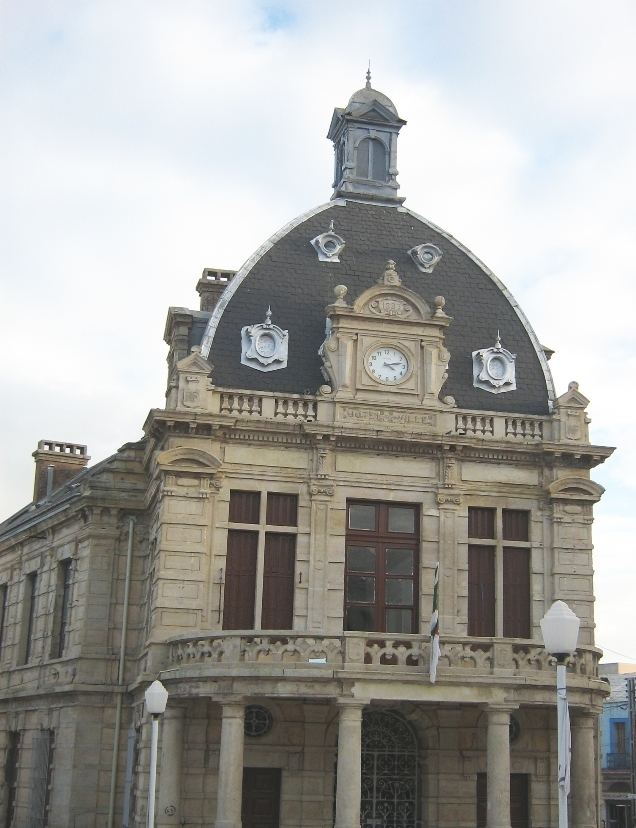 | ||
Map of Souk Ahras
Souk Ahras (Berber: Suq Ahras or Tagast; ancient name: Thagast; Arabic: سوق أهراس) is a municipality in Algeria. It is the capital of Souk Ahras Province. The Numidian city of Thagaste (or Tagaste), on whose ruins Souk Ahras was built, was the birthplace of Augustine of Hippo and a center of Berber culture. It was a city of great culture, described as the very hub of civilization.
Contents
- Map of Souk Ahras
- Khalida toumi a souk ahras que le secteur soit pourvoyeur de postes demploi
- Clan rafale rap souk ahras revolta et dark side
- Etymology
- Prehistory
- Antiquity
- Thagaste
- Modern era
- Relief and hydrography
- Districts of Souk Ahras
- Climate
- Demographics
- Tourism
- People related
- References
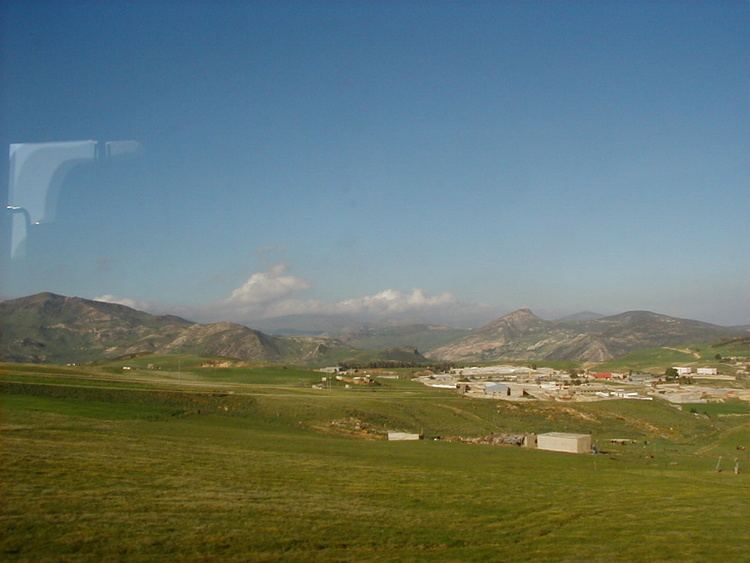
Khalida toumi a souk ahras que le secteur soit pourvoyeur de postes demploi
Clan rafale rap souk ahras revolta et dark side
Etymology
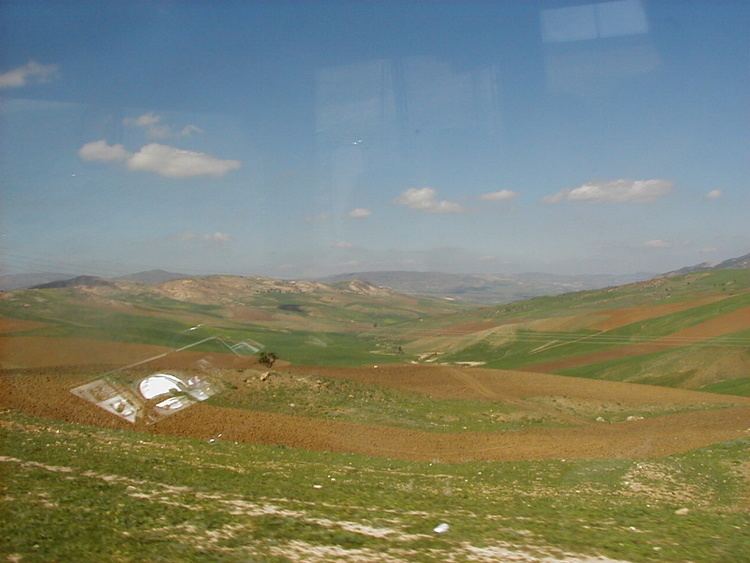
The name derives from the Arabic word "souk" which means market, and the Chaoui Berber word ahra (plural ahras) which means lion, in reference to the Barbary lions which existed in the neighboring forests until their extinction in 1930; hence Souk Ahras means market of lions (see also Oran (Wahran) and Tahert for names with a related etymology).
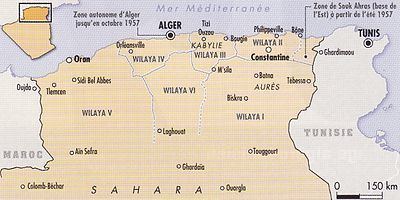
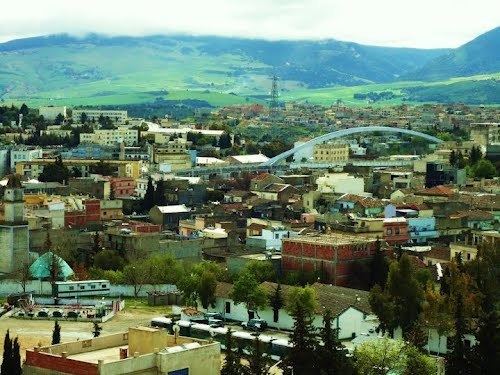
The old name of the Numidian city of Thagaste, derives from the Berber Thagoust, which means the bag, given that the site of the town is located at the foot of a mountain surrounded by three peaks in the form of a bag containing the city. Subsequently, when the Arabic language entered in the region it was called Soukara. In other sources it is cited as the Palace of the African, according to Al-Masudi.
Prehistory
The town of Souk Ahras, as its region, experienced Aterian culture from the end of the Middle Palaeolithic to the early upper Palaeolithic Ages. After the Aterian, Souk Ahras was inhabited by people of the Capsian culture. Many stone tools dating to this period have been discovered. Stemmed arrows were found on the site of present-day Souk Ahras, but also in Tiffech and Taoura, not far from it.
Antiquity
It was the birthplace of Augustine of Hippo (born 13 November 354 CE) to Monica of Hippo (Saint Monica), he later the Bishop of Hippo and Saint Augustin. Souk Ahras (Thagaste) has played an important role in the political and cultural history of the region because of its strategic position at the crossroads of Numide, Ancient Roman, and Berber civilizations. It was the location of military fortifications (Madaure, Tiffech, Khemissa...) and urban centers.
Thagaste
Tagaste (تجست in Arabic ) was a town of Numidia in Roman North Africa, on the banks of the Oued Hamise river. Augustine of Hippo was born here. The Roman city is identified with ruins of Tajilt near Souk Ahras, Algeria.
The Numidian city of Thagaste or Tagaste, on whose ruins Souk Ahras was built, was situated in the north-eastern highlands of Numidia. It was about 60 miles (97 km) from Hippo Regius, (present day Annaba), 20 miles (32 km) southwest of Thubursicum (present day Khamissa), and about 150 miles (240 km) from Carthage (on the coast of present-day Tunisia).
Thagaste became a Roman municipium. The city was mentioned by Pliny the Elder. As a municipium, Thagaste was not settled by Roman Italian immigrants, but was inhabited by Romanized native Berbers.
Modern era
In 1830 Souk Ahras became a colonial settlement of French Algeria (1830 – 1962). Late 19th century connection via the Algerian Railway, and 20th century iron ore and phosphate mining, brought some modern significance and prosperity to the town.
During the Algerian War of Independence (1954 - 1962), Souk Ahras housed the Ouled Bechiah Mounts as an autonomous military base of the Army of National Liberation (ALN), called "Basis of the East".
Relief and hydrography
The town of Souk Ahras is located in a basin surrounded by wooded mountains as the Djebel Beni Salah or Djebel Ouled Moumen.
Souk Ahras is crossed by a major North African river, the Medjerda.
Three dams exist in the region of Souk Ahras, that of Ain-Edalia supplies the town of Souk Ahras and its region with 76 million cubic meters. Dams of Oued Charef and Djedra, provide a capacity of 153 and 35 million cubic meters, respectively. Dam Djedra is intended to supply the town of Souk Ahras with a quantity of 12 million cubic meters of potable water, while 2 million cubic meters will be pumped for irrigation.
Districts of Souk Ahras
Climate
Algiers has a Mediterranean climate with warm summers and mild winters. Its proximity to the Mediterranean Sea aids in moderating the city's temperatures. As a result, Souk Ahras usually does not see the extreme temperatures that are experienced in the adjacent interior deserts. The climate of Algiers, like that of other Atlas cities, features wet winters and dry summers. Souk Ahras on average receives roughly 840.74 mm (33.1 in.) of precipitation per year, the bulk of which is seen between October and April.
Demographics
The inhabitants of the town of Souk Ahras are of Berber origin. They are mainly from the different regions of the wilaya of Souk Ahras and neighboring wilayas. The first tribes having established in Souk Ahras were known as the Papiria, or Babiria from the name of Berber. They were composed of Causses and Syliactae.
The tribes of Mousoulami and Kirina lived there. Including the other tribes: the Hnanchas that grew the most and the Hrakta all of them have Berber origins. These tribes lived in tents and practiced nomadism. They have established later and founded cities for each of them, including the town of Souk Ahras, the old Thagaste.
Tourism
Tourism in Souk Ahras focuses largely on a variety of historical and natural sites. In recent years it has become a destination for culture and health tourism. Souk Ahras, also known as Thagaste, is one of the most beautiful cities in Algeria, especially in the spring and winter, attracting many tourists. In Ain Zana and the annotated, or beautiful architectural features such as Al-Aman mosque, the Thagast bridge in the center of the city, the olive tree of St. Augustine, the corner of Sidi Massoud, the cultural center.
Souk Ahras is located in the east of Algeria, near the border with Tunisia. It is 600 kilometers away from Algiers. It is one of the largest and oldest cities in Algeria and is 90 km from Annaba and its airport.
Types of tourism in the state
